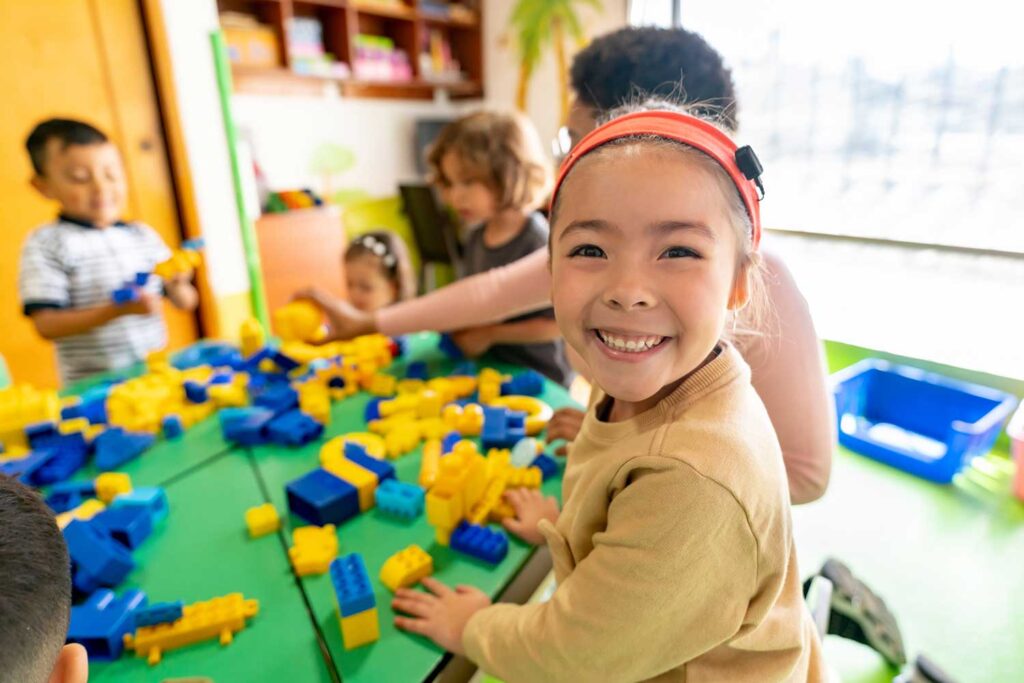Deafness and Hard of Hearing
This unit helps students understand that the part of the body affected by deafness or hard of hearing is the ears, and that someone who is deaf or hard of hearing can use a variety of useful techniques and assistive technology to be independent and to participate in activities of daily life.
Key themes:
- Deafness or being hard of hearing are among the many traits that contribute to making a person the individual that he or she is.
- Individuals can experience a broad spectrum of auditory disabilities, from having some usable hearing to extremely limited or no hearing.
- People with deafness or hard of hearing make individual choices regarding how they prefer to communicate and which personal devices (such as hearing aids or cochlear implants), if any, they will use to assist them.
- Technology is playing an increasingly important role in enabling people with deafness or hard of hearing to do everyday tasks and to function more independently.
- People with deafness or hard of hearing do lots of things like play sports and participate in other activities, sometimes with adaptations.
Information is presented about the range of strengths and challenges of people with deafness and hard of hearing, and suggestions for how to be inclusive and an ally are covered. Students learn that although deafness and hard of hearing may affect the way someone plays and interacts, they still want to be included and to have friends.

I learned that you can adapt sports and theater and events to be friendly to deaf people. Then, everyone can be included together!"
— 3rd grade student
FLEXIBLE PROGRAMMING
Program implementation is flexible and can be adapted for a remote, hybrid or in-person classroom. A typical 1 ½ to 2-hour session for third graders includes: an informational video, up to three hands-on activities and a talk by a speaker with deafness or who is hard of hearing, who describes their life experiences and answers students’ questions. Recommended grade level: 3rd grade.
Sample Questions from Third Graders
- How do you feel about being deaf?
- What talents do you have?
- Were you ever not included?
- What color are your hearing aids?
- Do you prefer signing or using your hearing aids?
- Can you hear in your dreams?
- What are some advantages of having hearing aids?
- Were any of your teachers hard of hearing?
- What do you enjoy doing with your family?
